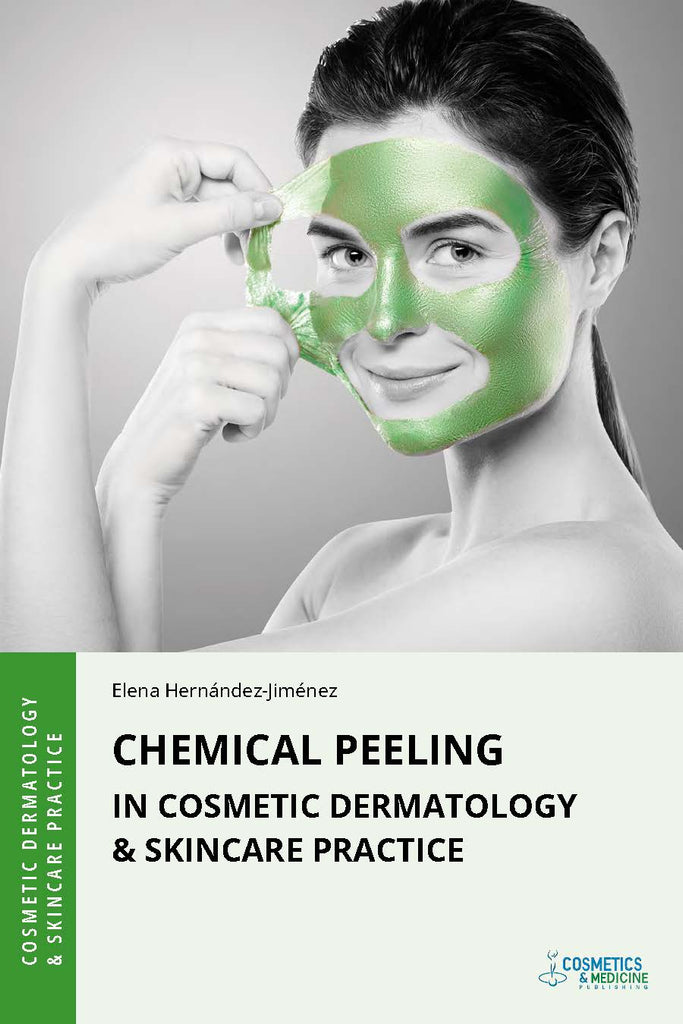- Publisher: Cosmetics & Medicine Publishing
- Format: eBook
- Pages: 168
- Language: English, Russian
- Publication date: January 5, 2024
- Product dimensions (WxHxD), cm: 15.24 x 22.86 x 1.0
- ISBN/ISSN: 978-1-970196-27-6 (paperback); 978-1-970196-37-5 (hardcover); 978-1-970196-02-3 (eBook — Adobe PDF); 978-1-970196-26-9 (eBook — ePUB)
Chemical peeling (chemoexfoliation) has been among the most popular skincare and cosmetic dermatology treatments for many years. Its popularity is well deserved because it makes it possible to solve different aesthetic problems effectively and with minimal risks. Yes, this is true, but with one caveat: if the peeling is done correctly. "Correctly" means not only the procedure itself. The peel product, skin pre-treatment, and following restorative care must be chosen and performed by a qualified professional in line with the patient's needs and health status. There are many nuances, and the specialist's skill is to consider them all.
This book presents all the most important facts you should know and remember when working with chemoexfoliation — from the chemical nature of different peeling agents and their effects on skin cells to the clinical effect, from indications and contraindications to the features of the procedure. The book reflects up-to-date knowledge and views about the purposes, mechanisms of action, and clinical possibilities of chemical peeling with a proven basis.
The book consists of four parts. The first part reveals the essence of the method named "chemical peeling" and discusses its clinical capabilities and limitations in general.
The second part describes different types of chemical peels — keratolytic, acid, enzymatic, and retinol. Although there are some similarities in the primary clinical outcomes (skin scaling), the peeling agents differ in their chemical nature, targets in the skin, and mechanisms. In addition to general indications and contraindications, each chemical peeling type has peculiarities in the procedure, and our book explains why this is so.
The third part discusses the general principles of chemical peeling — the choice of the peel formulation, the skin preparation for the procedure, the procedure itself, and the subsequent rehabilitation. It also includes information about the influence of nutrition on the clinical results of chemical peeling.
The fourth part focuses on the usefulness of instrumental assessment of skin conditions before and after the chemical peeling. Objective data on the initial state of the barrier function of the patient's skin helps the practitioner to select the optimal peel product, determine the interval between the procedures, and monitor the skin's recovery. This reduces the risks of unwanted reactions and achieves the best possible clinical results.








